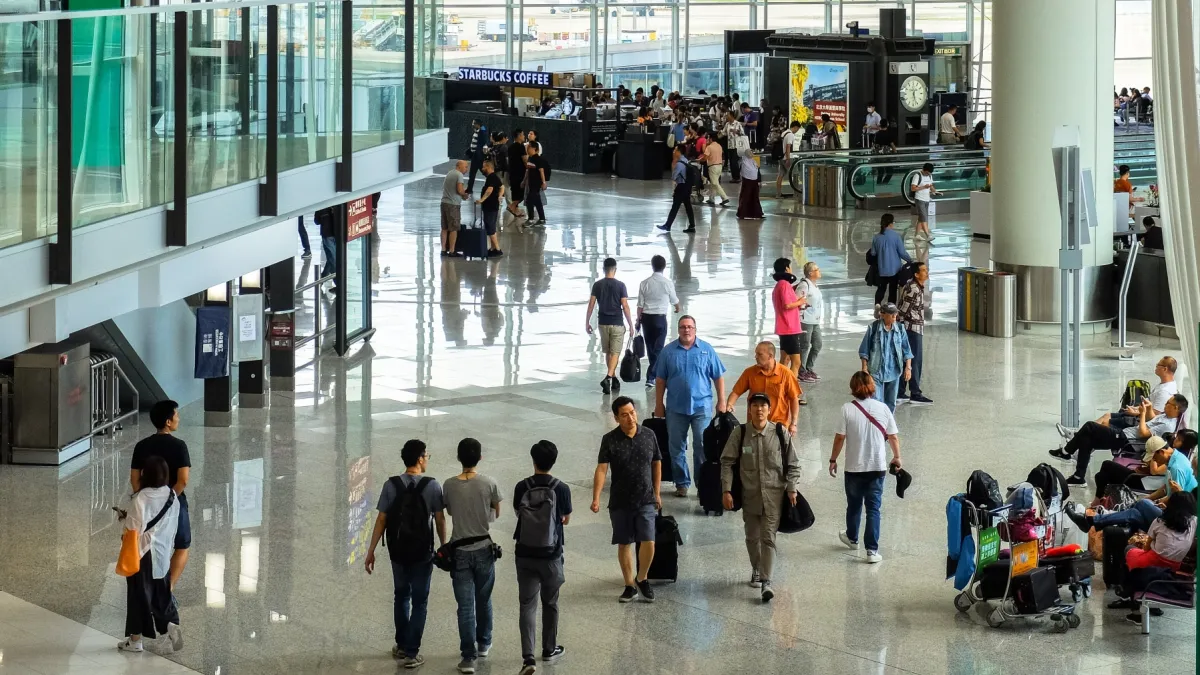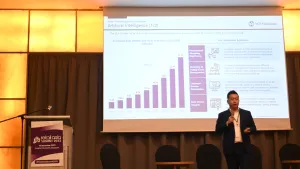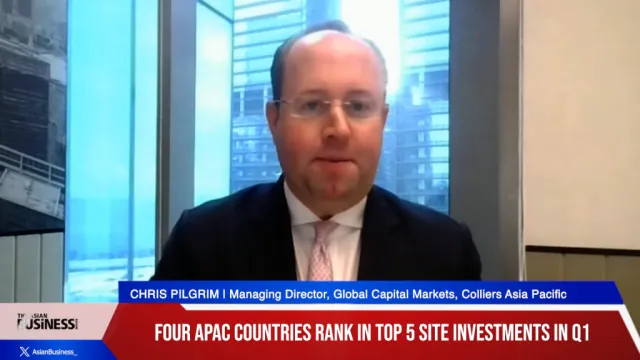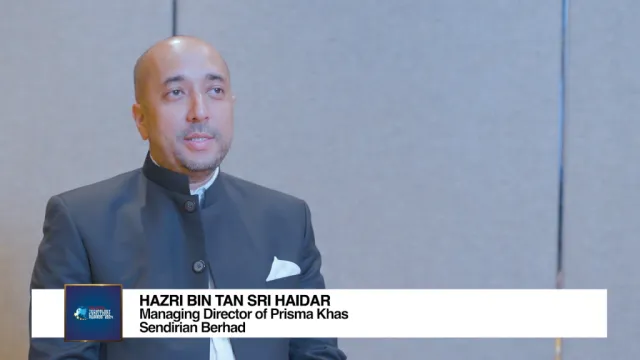
Here's how APAC insurers are performing midyear
Despite the challenges identified, credit trends are observed to be stable.
Rated insurers in the Asia-Pacific region are facing several challenges that may impact their performance, S&P Global Ratings said.
In the APAC Insurance Midyear Outlook 2023, S&P Global Ratings said the challenges include enduring high interest rates, market volatility, and changing reinsurance capacity.
Despite these headwinds, stable credit trends are observed across the sector, with 90% of rated APAC insurers having a stable outlook.
Persistently high interest rates, excluding China, could lead to lower asset valuations and potential unrealised losses.
Additionally, insurers with significant overseas investments, such as those in Taiwan and Japan, may encounter foreign exchange risks. The high costs of hedging may further erode insurers' earnings.
Furthermore, the slowing economies in the region could impede the growth of Asia-Pacific insurers.
However, the demand for insurance protection remains supported by increasing risk awareness and relatively low insurance penetration.
The implementation of IFRS 17 and new regulatory frameworks could bring about changes to insurers' strategies and key performance indicators. Insurers also have to contend with rising operational costs.
ALSO READ: APAC insurers can weather equity markets' decline: S&P
APAC’s profile
The majority of rated Asia-Pacific insurers exhibit a very strong or strong financial risk profile (FRP) assessment.
The FRP score is determined by analysing the insurer's capital and earnings, taking into account risk exposure and funding structure.
To assess an insurer's capital adequacy, we utilise our proprietary S&P capital model.
Insurers in the Asia-Pacific region with stronger FRP usually benefit from higher capital redundancy, providing them with additional financial strength and stability.
Increasingly competitive deposit rates are reducing the demand for savings policies, particularly in markets like Taiwan and Korea. Consequently, the industry is shifting its focus towards protection products in these markets.
China's and Hong Kong's relatively low-interest rates are driving growth in savings policies in those regions.
The persistence of high-interest rates may alleviate the pressure on life insurers' reserve provisions, particularly in markets with a legacy of high guarantees, such as Taiwan, Korea, and Thailand.
However, higher hedging costs continue to impact the earnings of insurers in Japan and Taiwan. Meanwhile, in Japan, insurance margins are expected to rebound as COVID-related claims decrease. Slowing economies may lead to a decline in consumer confidence and moderate overall growth.
Government-led initiatives, particularly in China and Malaysia, are helping to support the insurance industry despite economic challenges.
Insurers are increasing premium rates to offset the impact of higher reinsurance costs and claims inflation, particularly evident in Australia and New Zealand.
The rising cost of reinsurance could put pressure on insurers' margins. Normalised mobility across the region and extreme weather events, as observed in New Zealand, are affecting underwriting results.
In Taiwan, Thailand, and Japan, underwriting performance is expected to gradually improve as the pressure from COVID-related claims subsides.











 Advertise
Advertise












